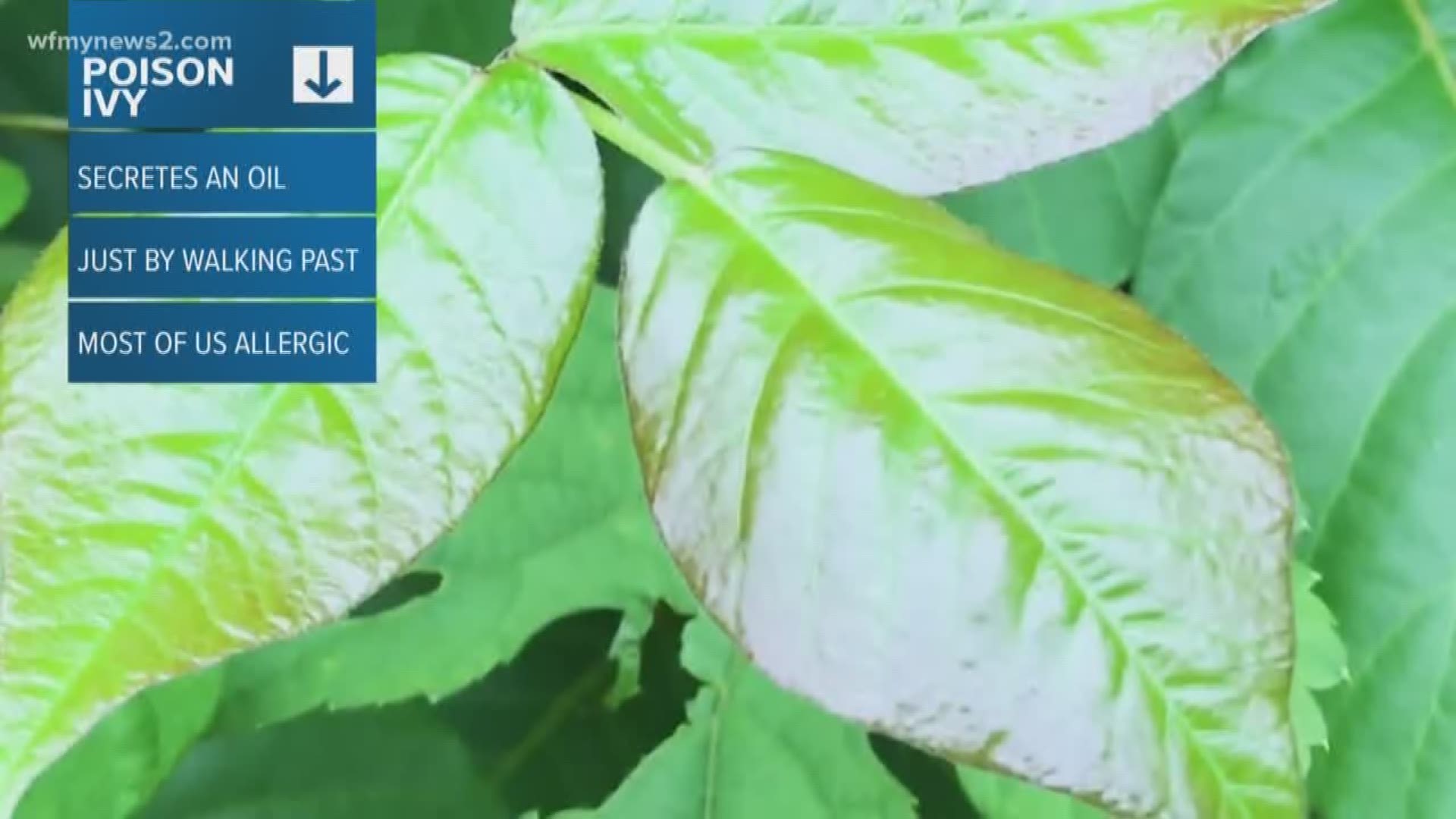GREENSBORO, N.C. —
If you’re itching for a summer adventure, time outdoors might be just what you need. But watch your step––poison ivy could be near! In fact, it often grows where you might not be expecting it, like the edges of backyards and even at the beach. Consumer Reports has some advice on how to avoid it and what to do if you get it anyway.
It can be trickier to identify poison ivy, poison oak, and poison sumac than you might think. All of these plants can appear differently depending on the area of the U.S. They’re in the time of year, and the weather.
Just brushing up against a poison ivy plant can deposit an oily coating, called urushiol, onto your skin. It’s what makes poison ivy “poisonous.”
Only folks who are allergic to one of these plants will react, but most people are allergic. It can happen immediately, right after you’re exposed, or it can take up to four days for a rash, swelling, and blisters to appear.
Some scientists think we may be seeing more severe cases because of global warming and longer growing seasons.
Wearing long sleeves and long pants can help protect you when you’re outdoors. But if you even think you’ve been exposed, break out the soap and water immediately.
Scrub your skin thoroughly, and get under your nails. Wash your clothes, your gardening tools, and even your dog, because residual oil can be transmitted, and it can linger for years.
Topical creams may help, but only time stops the itch.
Home remedies including oatmeal baths and cool compresses can offer some relief. But if they aren’t helping, Consumer Reports suggests that a visit to a dermatologist might be in order. A course of steroids can be effective in stopping the itch sooner!

